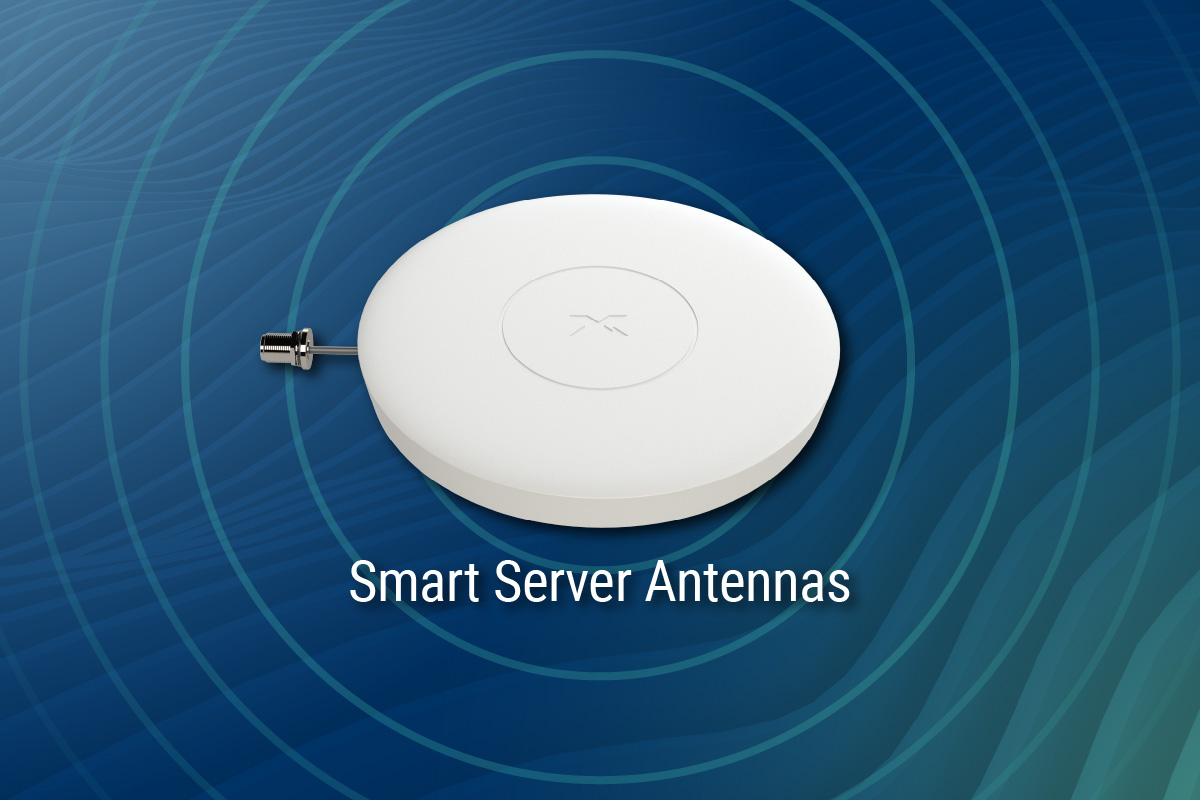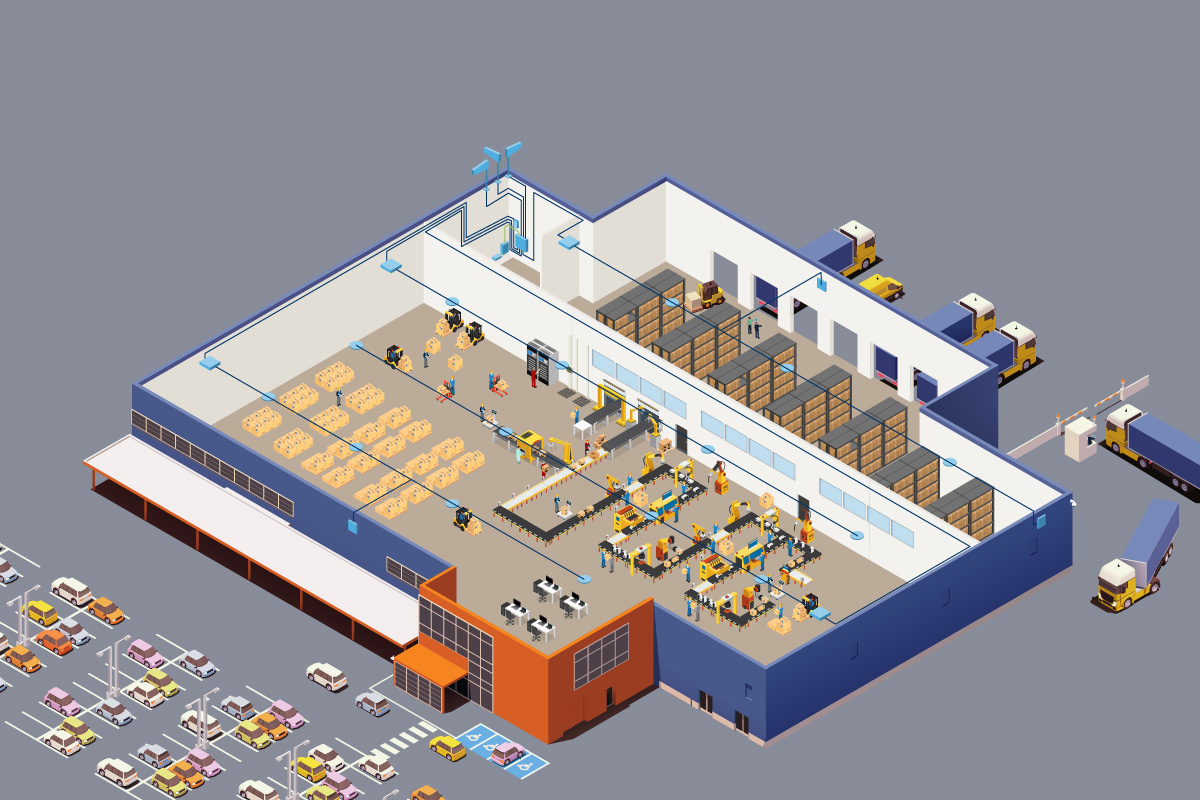The U.S. education market is estimated to have a capital spend of over $100 billion, according to EdWeek. As with any market with a CAPEX that size, the education sector is very competitive and crowded with vendors, large and small, offering their own fragmented solutions.
While education technology is evolving, even more so since the onset of the pandemic, constant connectivity will continue to be a high priority for the sector as classes resume.
Why connectivity is critical on campus
Mobile technology is a must-have on school campuses for a number of reasons. It’s necessary for school specific applications that are in constant use, such as those used for assignments, scheduling, collaborating, and sharing with teams (Google Classroom). From the students’ perspective, it is also needed for contact with parents, scheduling their many after-school activities, and of course personal apps (Instagram, TikTok, Spotify, YouTube, etc.).
Some campuses require multi-factor authentication to use their network or site specific platform, a new and emerging trend used by solutions such as Google Drive. This requires an user to verify who they are by logging in to an app with a code received by text message. This second layer of authentication uses the mobile network, and we will see more of it as security continues to be a concern. Campus food choices and retail are other uses in the education sector with mobile becoming a standard for payment and many POS systems. Schools also need constant connectivity for tech and equipment to work.
Future Trends and Increasing Public Safety
So what technologies need to be considered on your campus for the future? According to a learning trends survey from eLearning, five out of six trends in education require connectivity. The trends include: custom learning experiences, cloud computing, speech-to-text options, virtual and augmented learning experiences, and learning analytics. Connectivity is critical to maintain these trends, and we will see the demand continue to go up as education technology evolves.
The biggest driver for the adoption of connectivity on campus, however, is the safety of students and faculty. According to the National Emergency Number Association, more than 80 percent of 9-1-1 calls are made from wireless devices in most areas of the U.S. Cell phones now play a critical role in emergency response situations at schools, and as a result, many educational institutions realize the need to improve cellular reception throughout their facilities for the safety of staff and students.
Challenges in the Education Market
Multiple decision makers: The education market is ripe with opportunity but it also has its specific challenges. First, there is no single decision maker – unlike when many educational institutions had a CIO. This often means selling to a committee that will be a mix of academics, technicians, and finance.
Fragmented technology: The technology that the sector uses can be fragmented. Some regions will have a certain technology base or platform they’ve adopted, and then a different region will have a completely different set of tools.
Wi-Fi solutions are not sufficient: A lot of colleges and universities have put a majority of their budgets in Wi-Fi, particularly if they are state-funded. Wi-Fi is everywhere on campuses, but it has a terrible reputation. According to research from the EDUCAUSE Centre for Analysis and Research, only 30 percent of undergrads say they have good or excellent access in outdoor public spaces, while only 50 percent report the same in college dorms. As a best-effort data service, Wi-Fi does sometimes work, in some places. But it’s not enough to ensure connectivity.
Ensuring the campus is 9-1-1 accessible: In addition, all educational institutions – from K to 12 to universities and colleges – are coming up with plans on how to respond to emergency situations such as an Active Shooter. Communications is central to these plans – with coverage required in each classroom, the stairwells, the parking garage, basements, HVAC room, boiler room – including all the places that are used or not in directly educating students. During an incident, one of those rooms might become central with people hiding. If they don’t have connectivity, they are not going to be able to call 9-1-1 or text. They key is to get the message across that communication capabilities need to be ubiquitous; connectivity can’t just be in the courtyard or the administration buildings. That won’t help them with their preparation plans.
School administrators are being trained to do as much as they can to ensure they are ready for emergency situations. The resources available online from the government also feature communications as a key part of this plan (www.ready.gov/active-shooter), and as part of their training.
Budget pressure: Meanwhile, budgets in the education sector are under pressure and those responsible for communications are struggling to understand what the right mix of technology is within their budgets. Fortunately, system integrators and telecom workers are considered essential, so many are helping schools understand their choices before students return to school facilities.
Poor Cellular Coverage in Schools
Poor cellular coverage is not all about the tower. Today, whether suburban or urban, the cell signal outside in general is pretty good, with most indoor coverage problems typically caused by the environment and construction obstacles. Cinderblock is a common construction material for school facilities and is known for blocking cellular signals. Cellular signals can also be inhibited or blocked by trees, hills, and bad weather – regardless of the operator – along with metal roofs, and LEED certified glass windows.
For example, Texas-based Laredo Independent School District (ISD) was experiencing dead zones in its facilities due to sheet metal roofs and, in some cases, double layers of roofing from when a new roof was built on top of an older roof during recent renovations. Laredo also added new cinderblock outer walls to original brick walls as part of the renovation. For the safety of its students and staff, the school district sought an in-building cellular coverage solution to alleviate inadequate cellular service and provide coverage into and throughout its facilities.
“Laredo Independent School District, like many other institutions, has recognized a need to fortify communications for staff and students within our facilities. Our students’ safety and security are paramount. Having reliable communications through their mobile devices is now a basic need at our campuses for emergency communications and mass notifications,” says Miguel Munoa, Assistant Superintendent of Technology Services at the Laredo, Texas-based school district.
CEL-FI QUATRA, a hybrid Distributed Antenna System (DAS), was the solution selected by LISD to address these issues. QUATRA delivers uniform in-building cellular coverage in facilities from 50,000 to 1 million square feet to resolve poor voice quality, dropped calls, and dead zones. QUATRA delivers a cellular signal that is up to 1000x stronger than solutions based on older analog technology, offering a much larger coverage footprint. QUATRA uses category cabling with Power over Ethernet so there is no need to install additional power outlets for the internal remote antennas.
“The CEL-FI QUATRA solution offers a simple, manageable system that is scalable, reliable, and carrier agnostic. The result is enterprise grade service delivery that provides consistent communications for all of our students and teachers while giving them peace of mind as they carry out their day-to-day activities at our campuses,” says Munoa.
CEL-FI Solutions for the Education Sector
Integrators are installing CEL-FI products in elementary schools, high schools and colleges across the country as the solutions are fast to install and come in at a price that fit most school budgets. For the education sector, CEL-FI GO and CEL-FI QUATRA are both used for in-building coverage challenges.
CEL-FI GO is Nextivity’s most versatile cellular coverage solution that can be used for building spaces up to 50,000 sq. ft. When most of a school has good coverage, CEL-FI GO is a low-cost, easy-to-drop-in solution for pulling signal into the building and ensure complete coverage for a single carrier.
In a case where most of a large building or campus has poor coverage like at Laredo ISD – the facility needs CEL-FI QUATRA. Depending on the size of the facility, the installation takes from only a couple of days to a few weeks.
For more information, watch the webinar: CEL-FI Brings A+ Cellular Coverage to the Education Sector.
A version of this article was originally published by RCR Wireless News.



